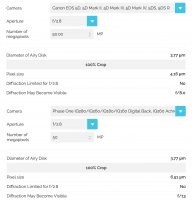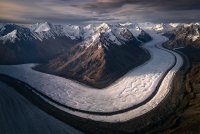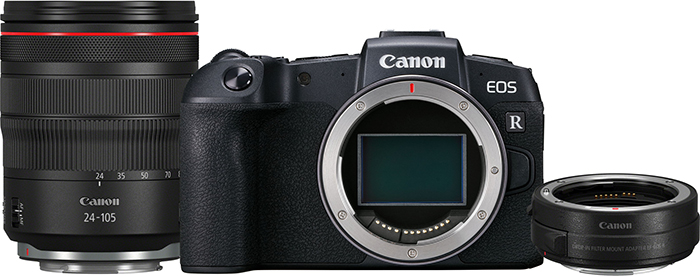As a dedicated landscape photographer I'd really go for medium format for very large prints. If you have 50 MP on a 33mm x 44mm sensor, which is currently the standard of (small) digital medium format, you can work with f = 10+ stops to get a big depth of field without losing to much information due to diffraction blur (I know about what I am talking, I am a physicist). Of course, you can re-sharpen such a softness , but this comes with growing artifacts.
There are techniques for getting around diffraction (focus stacking your compositions comes to mind), but I'm sure they must be trouble with wind, water, long exposures, etc.
If you are a dedicated landscaper, I would imagine its a case of migrating to MF or just bringing your glass to a new mount. If you all you need is a sensor, go put great glass on a great sensor.
Adapting to the A7R4 rather than migrating to MF would certainly be the practical half-step towards what you need. Moving to MF (in comparison) is a financial cliff, and some of those companies are not on robust financial ground. I'd hate to invest in a platform that isn't around before too long.
- A
Upvote
0




